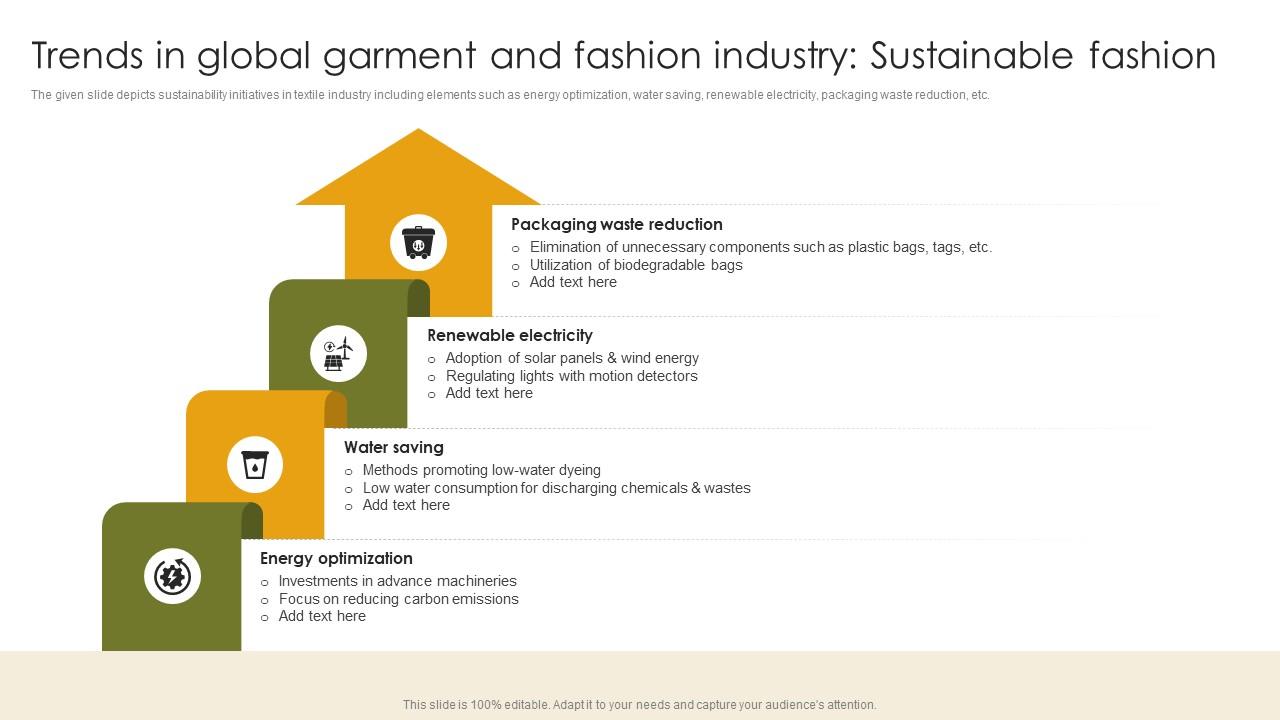Global Trends in Garment Printing Service: What You Need to Know in 2025 are reshaping the way brands and consumers interact with clothing. As the fashion industry continues to evolve, so too do the methods and technologies used to print on garments. In 2025, several key trends are emerging that are set to define the future of garment printing services. From sustainability to digital innovation, these developments are not only influencing production processes but also redefining consumer expectations.
The Rise of Sustainable Practices
One of the most significant shifts in the garment printing industry is the growing emphasis on sustainability. Consumers are becoming more conscious of their environmental impact, and this awareness is driving demand for eco-friendly printing solutions. In 2025, garment printing services are increasingly adopting water-based inks, biodegradable materials, and energy-efficient equipment to reduce their carbon footprint. Brands are also prioritizing recycled fabrics and organic cotton, which aligns with the broader movement toward circular fashion. This trend is not just a passing fad; it is a fundamental change in how the industry operates, with many companies investing in green certifications and sustainable supply chains.
Digital Printing Takes Center Stage
Digital printing technology has been gaining traction for years, but its dominance in 2025 is undeniable. Unlike traditional screen printing, which requires multiple steps and can be costly for small batches, digital printing allows for high-quality, customizable prints with minimal waste. Advances in inkjet technology have made it possible to print on a wide range of fabrics, including synthetic materials and blends, without compromising quality. Additionally, the use of AI-driven design tools enables customers to create personalized designs instantly, making the process more accessible and efficient. This shift is particularly beneficial for small businesses and independent designers who can now produce unique, on-demand apparel without the need for large inventories.
On-Demand Manufacturing and Customization
The concept of on-demand manufacturing is revolutionizing the garment printing industry. In 2025, more companies are embracing this model, where products are produced only after an order is placed. This approach reduces overproduction, minimizes inventory costs, and allows for greater flexibility in meeting customer preferences. Customization has also become a major selling point, with consumers seeking one-of-a-kind pieces that reflect their individuality. Garment printing services are leveraging 3D printing and laser cutting techniques to offer intricate designs and tailored fits. This trend is especially popular among younger demographics who value personal expression and exclusivity.
Integration of Augmented Reality (AR) and Virtual Try-On
Another groundbreaking development in 2025 is the integration of augmented reality (AR) into the garment printing experience. Customers can now use AR apps to visualize how a printed design will look on their clothing before placing an order. This technology enhances the shopping experience by reducing uncertainty and increasing confidence in online purchases. Some platforms even allow users to upload their own images or artwork and see a real-time preview of the final product. This innovation is not only improving customer satisfaction but also streamlining the design process for both consumers and printers.
The Role of Artificial Intelligence in Design and Production
Artificial intelligence (AI) is playing an increasingly important role in garment printing, from design creation to production optimization. AI-powered software can analyze consumer data to predict trends, suggest color palettes, and generate unique patterns that cater to specific markets. In manufacturing, AI algorithms help streamline workflows, reduce errors, and improve efficiency. For example, automated systems can detect defects in printed fabrics and adjust settings in real time to maintain quality standards. These advancements are enabling garment printing services to operate more intelligently and responsively, ultimately delivering better results for clients.
The Impact of Social Media and Influencer Culture
Social media platforms continue to shape the garment printing landscape by amplifying trends and creating new opportunities for collaboration. Influencers and content creators often partner with printing services to produce limited-edition designs that resonate with their followers. This dynamic relationship has led to the rise of micro-trends, where specific styles or slogans gain rapid popularity and then fade quickly. As a result, garment printing services must remain agile, adapting to shifting consumer preferences while maintaining consistent quality. The ability to respond swiftly to viral trends is now a critical factor in staying competitive in the market.
Conclusion
As we move further into 2025, the garment printing industry is undergoing a transformation driven by sustainability, technology, and changing consumer behavior. The adoption of digital printing, on-demand manufacturing, and AI-driven solutions is redefining what is possible in terms of customization and efficiency. At the same time, the integration of AR and social media is expanding the ways in which people engage with printed apparel. For businesses and consumers alike, staying informed about these trends is essential to navigating the evolving landscape of garment printing services. Whether you’re a designer, retailer, or fashion enthusiast, understanding these developments will help you make more informed decisions and stay ahead of the curve.
